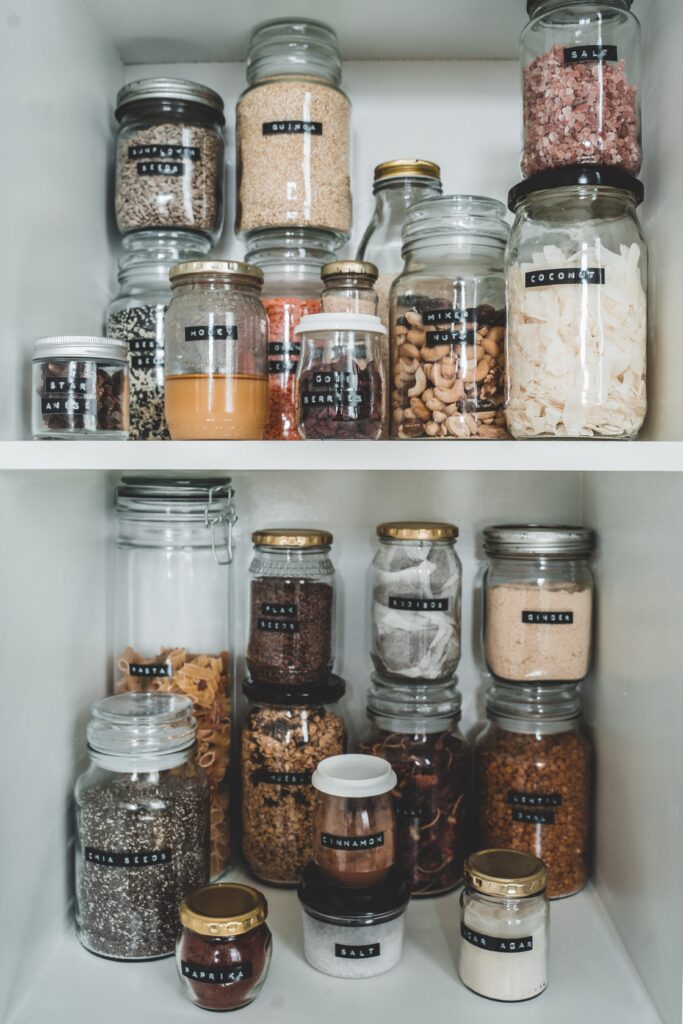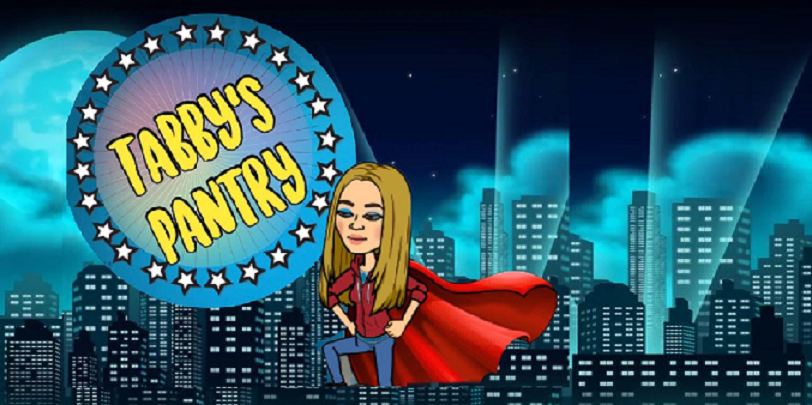
Image: https://www.pexels.com/photo/clear-glass-jars-with-brown-and-white-beans-4440172/
A pantry is a great addition to any kitchen. It saves you space in your kitchen cupboards, makes it easier to access all of your ingredients, and keeping it well stocked means that you will likely save money on your food shopping too. This is because you’ll be able to whip up tasty, healthy and thrifty meals when you’re low on fresh ingredients. But how do you go about turning a regular dusty old cupboard into a pantry? Read on to find out.
Clear it out
First things first, clear out the entire space. Remove all clutter and rubbish, give everything a good vacuum and disinfect it. Since you’ll be storing food items in here it makes sense for the area to be as clean as possible- even if everything is sealed. Be sure to get right into the corners, keep an eye out for any pest activity and treat the area if you spot anything.
Make any repairs
Speaking of pests, making any repairs to the pantry area can prevent infestations. Seal up any cracks, gaps or holes with filler or builders caulk. If you’re renovating a pantry in a house that’s in need of refurbishment, you might need to make bigger repairs such as replacing the door or ceiling repair if there’s been any previous flooding or issues. If you want to make everything look its best, smooth down all of the walls and make sure the lighting is working well. Pantry cupboards tend to be dark and a little dingy since they receive very little natural light, so a good light to see what you’re looking for is essential.
Paint it
Painting the inside of the cupboard will make it look more aesthetically pleasing, and it can also be functional too. If you opt for an anti mould and wipeable paint it will help you to keep the area clean and looking nice for longer. Go with a light colour which will brighten up the space and help you spot any pest activity or mould you can act on it as quickly as possible.
Add shelving
Adding the right shelving to the pantry will maximise the space. Some shelves will need to be taller, and others smaller so plan out the gaps you want to leave in between each. Consider the different storage jars you have, if you purchase these first you can work out exactly what kinds of sizes you’ll need for the shelving. Other shelving units could include a wall mounted spice rack, this will keep all of the smaller jars together and make them easier to find.
Organise and label
Decanting all of your ingredients into sturdy glass or plastic containers is worthwhile. You’ll keep out pests and keep things fresher for longer. But if you do this, don’t forget to label the new container. There’s no way of being able to tell the difference between plain and self raising flour for example once they’re out of their packs- and if you mix them up in a recipe it might completely fail! It’s worth putting the use by date on the label as well, pantry items do tend to have a long shelf life but they won’t last forever. So you need to know when they need to be replaced or used by later down the line.
